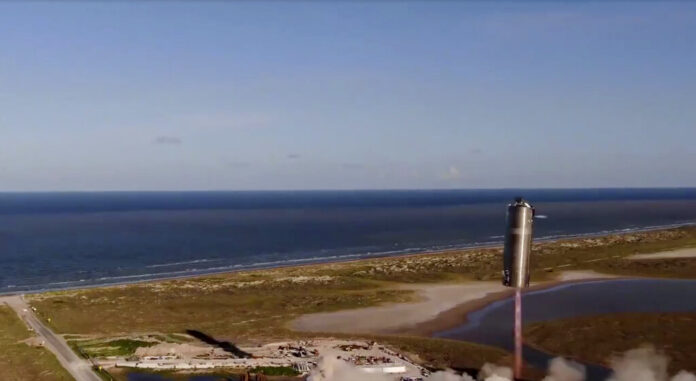Well, the Perseverance Mars rover is successfully on the way to Mars and the SpaceX Crew Dragon Endeavor safely returned to earth to be welcomed wildly by space nuts. Locally, folks from around the world cheered as they remotely watched as SpaceX’s test rocket SR5 made a successful leap 150 km into space above its test launch pad on Boca Chica Beach.
Dreams can come true when enough people share the dreams and are willing to spend their money and their energy making them come true. It isn’t enough to just make wishes; it takes a lot of work. Perhaps our formerly “sleepy border town” that generations of adventurers have loved so dearly will truly become a second Space City as other people catch the excitement and join in the dream.Most of us who are interested in the JPL/NASA missions to other planets for space exploration alsolike astronomy.
Missions have been sent to all of the planets that are visible to the naked eye this month including Jupiter, Saturn, and Mars in the east/southeast before midnight. These will be joined by Venus before 3:00 AM. which means that Venus will be visible in the predawn sky as the others move along to disappear in the west.
The pattern of Venus being bright and beautiful either at sunset or sunrise is why Venus is also called both the Morning Star and the Evening Star. Unless the Moon is visible, Venus will be the brightest point of light in the sky.The reason so many planets are visible in the sky together now has to do with their respective positions in their orbits. <https://www.theplanetstoday.com/> will take you to a great tool to model this for you and clarify the changing positions,
Do the youngsters you know understand why there are phases of the Moon? This video story read by Emily Morgan, an outstanding National Science Teaching Association author, might be appropriate for them to watch on YouTube:<https://www.youtube.com/watch?reload=9&v=V6GdUBhJvf0>. There is a wealth of astronomy information available today that makes it possible for us to learn far more than ever before, mostly free, aside from the cost of our internet service.
Since the Moon is New on Wednesday you might want to begin keeping a log of where it can be seen in the sky each night for the next month. Creating a grid of circles to fill in the amount of light seen, the date and time you see it, and the location in the sky where you find it might be the beginning of a lifetime of sky watching for your family.
If you have a good steady telescope or binoculars on a tripod you can explore the maria and craters on our Moon and learn your way around the lunar surface. The large blasted out crater known as Tycho after the astronomer who had a silver nose as a result of a duel will stand out. Explore the areas along the terminator as the Moon waxes and learn more about our neighbor in the sky.
As darkness deepens and when the sky is not cloudy, the summer constellations are putting on a show. The middle of the southern sky harbors that massive scorpion, Scorpius with its center star, Antares, glowing ruby-red marking the angry heart bent on revenge against the winter evening constellation Orion the Hunter. Virgo and its beautiful bright star Spica will be low in the southwest, showing off just past Jupiter and Saturn.
Until next week, KLU.





